TTArtisan 1002.8 Ultra Macro Tilt-Shift Lens Review
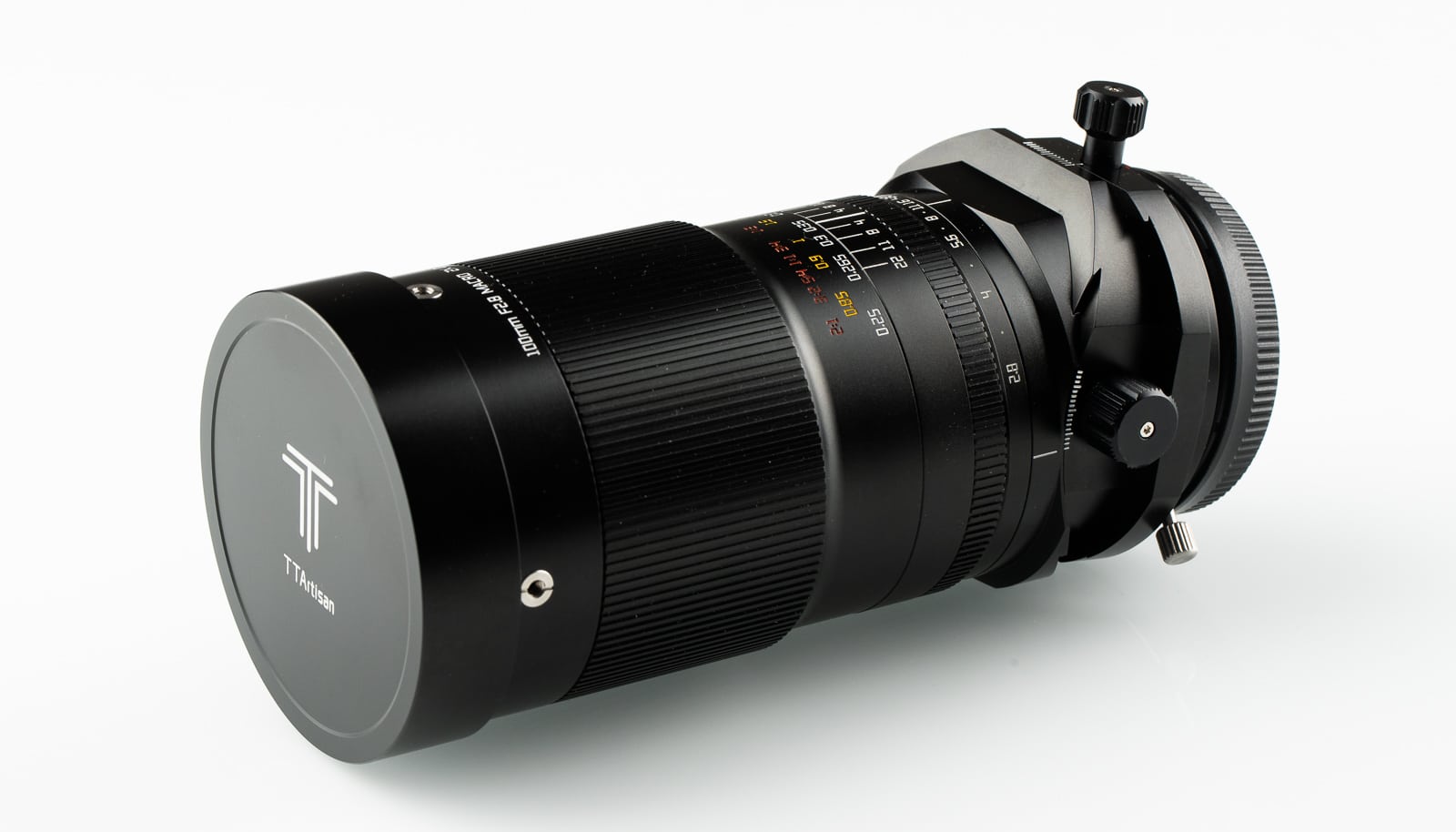
I tested the unique TTArtisan 100/2.8 lens. It has 2:1 macro and tilt-shift functions. What did I learn after using it? The lens has a lot of potential, but is hard to maneuver.
Learn more about tilt-shift lenses in our previous article. In this article, we focus on how the TTArtisan works in practice and how its functions are controlled.
The TTArtisan 100/2.8 is my first tilt-shift lens. I needed a macro lens for occasional product photography. I didn’t mind a lens with manual focus and a special function for shifting the plane of focus. This would come in handy for product photography. Additionally, the TTArtisan is an interesting lens in terms of affordability.
Lens construction
The lens is all metal on the outside, including the removable cap, and seems very sturdy. It doesn’t have autofocus, so almost half of the length of the lens barrel is taken up by the manual focus ring. The manual focus ring moves slowly, but smoothly.

The aperture is also manual and uses its own control ring, with a range of f/2.8 to f/22.
The lens doesn’t communicate with the camera. The camera doesn’t even know that the lens is in place. You have to enable shooting without a lens detected. Because there is no communication between the camera and lens, no aperture information is stored with the images. Stabilization only works if the correct focal length is set using the camera menu.
Using tilt-shift
The most noticeable thing on the lens barrel is the controls for tilt-shift functions. There are four dials, a lever, and a button near the bayonet. The controls are divided into pairs opposite each other. Each pair controls one of the functions. One is for the motion itself and the other serves as a safety lock and is also probably as a resistance setting. Unfortunately, there was no information about this in the manual.
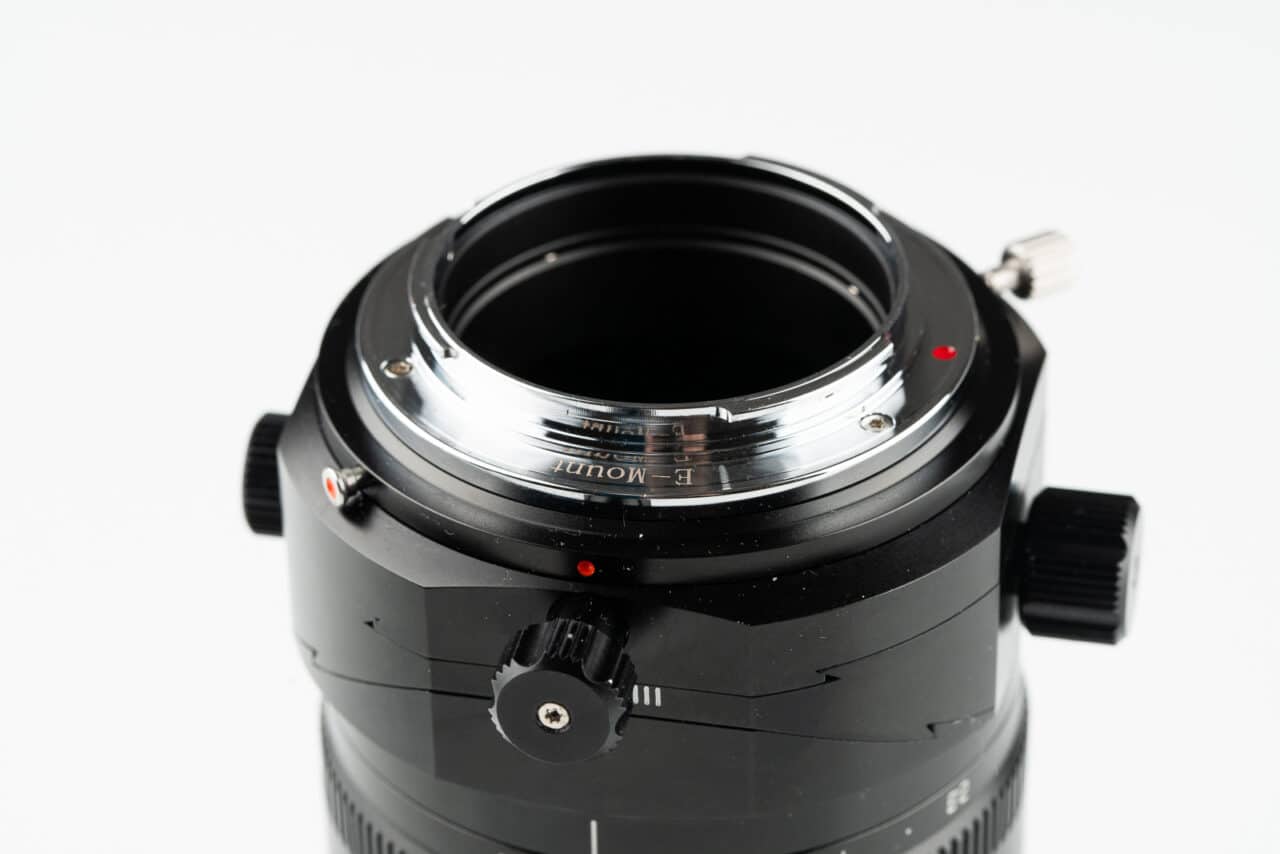
If you’re wondering about the large number of controls, it’s because the third set of controls is for axis rotation for both tilt and shift. These are always perpendicular to each other.

The axis control is intuitive, and the knob is almost unnecessary—just hold down the button and manually turn the lens to rotate. You can feel a “click” after every 15 degrees. With the button released, the axis locks again.
The annoying thing is that the rotation range is only 90 degrees and not the full 180. The four main directions (up, down, right, left) are covered, but you can’t get the main axis to go right and up or left and down diagonally.
Still, this is the best control and I wish there was a similar one for tilt and shift separately. The idea of having one knob for resistance adjustment and a second one to move is good in theory. It works similarly on a tripod head.
Unfortunately, leverage for a very long, three-quarter kilo lens was not accounted for. On one side, slightly loosening the knob causes the lens to immediately tilt towards the ground. However, using the screw to move in the opposite direction is extremely difficult, even with the knob loosened.
In the end, I find it much easier to ignore the control rings, loosen the knob and move the lens into position by simply holding the end of it. Then, I secure the knob once again.

The knobs have less control. Especially the lever for shift. Its location at the bottom of the lens is not ergonomic and is troublesome to reach when on a tripod.
It’s a shame that the control rings are so close to the camera grip, where the fingers should be. When shifting to the right, there’s no room for your fingers and you have to improvise. But this is due to Sony generally leaving little space around the lens, even with normal equipment. On the other hand, Canon has more room.
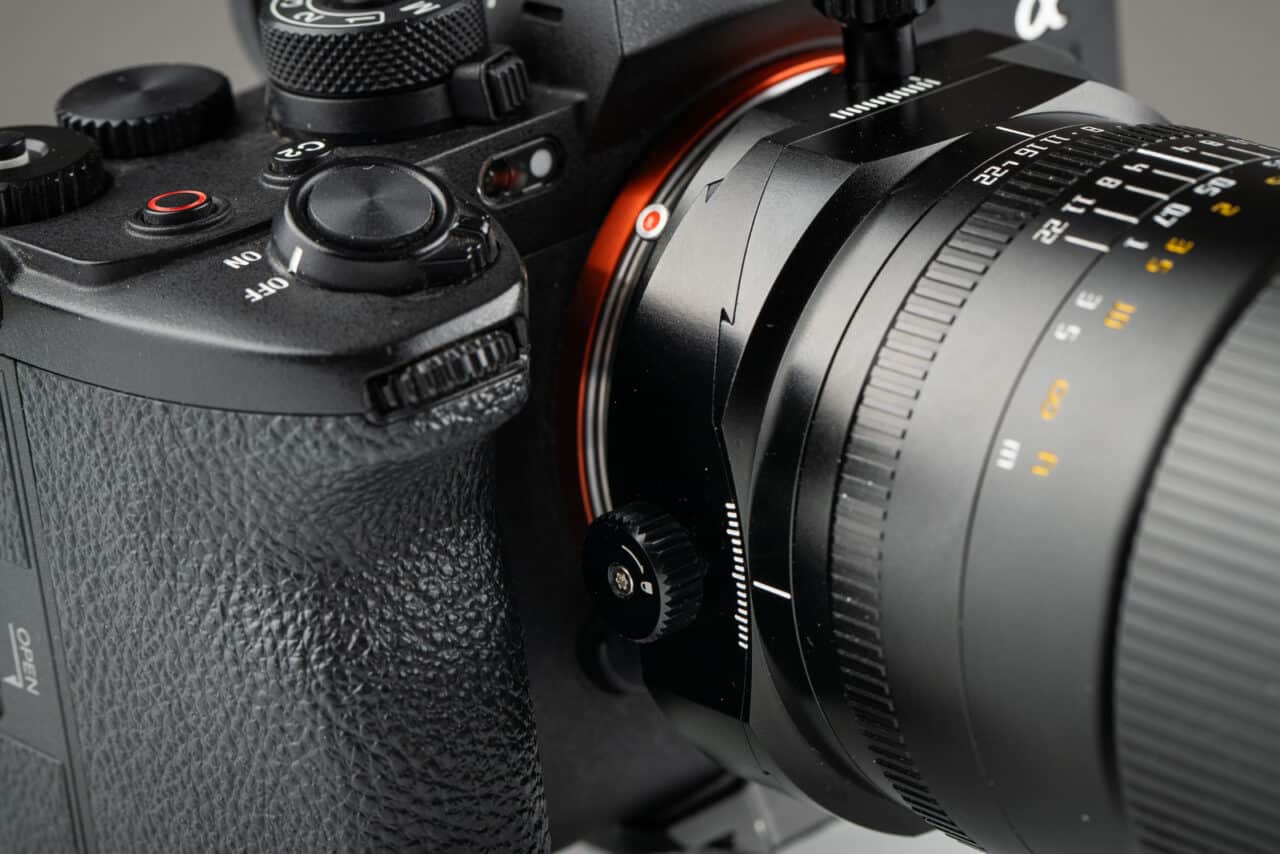
Practical examples of tilt
The tilt function is capable of significantly changing the focus of a photo. Below are three pictures with different settings, but always an aperture of f/2.8. The first picture has no tilt, the second has the plane of focus deliberately rotated to intersect the wall sharply, and the third photo has a plane of focus that runs parallel to the wall. In the last photo, the wall is completely in focus and the aperture is still only f/2.8.
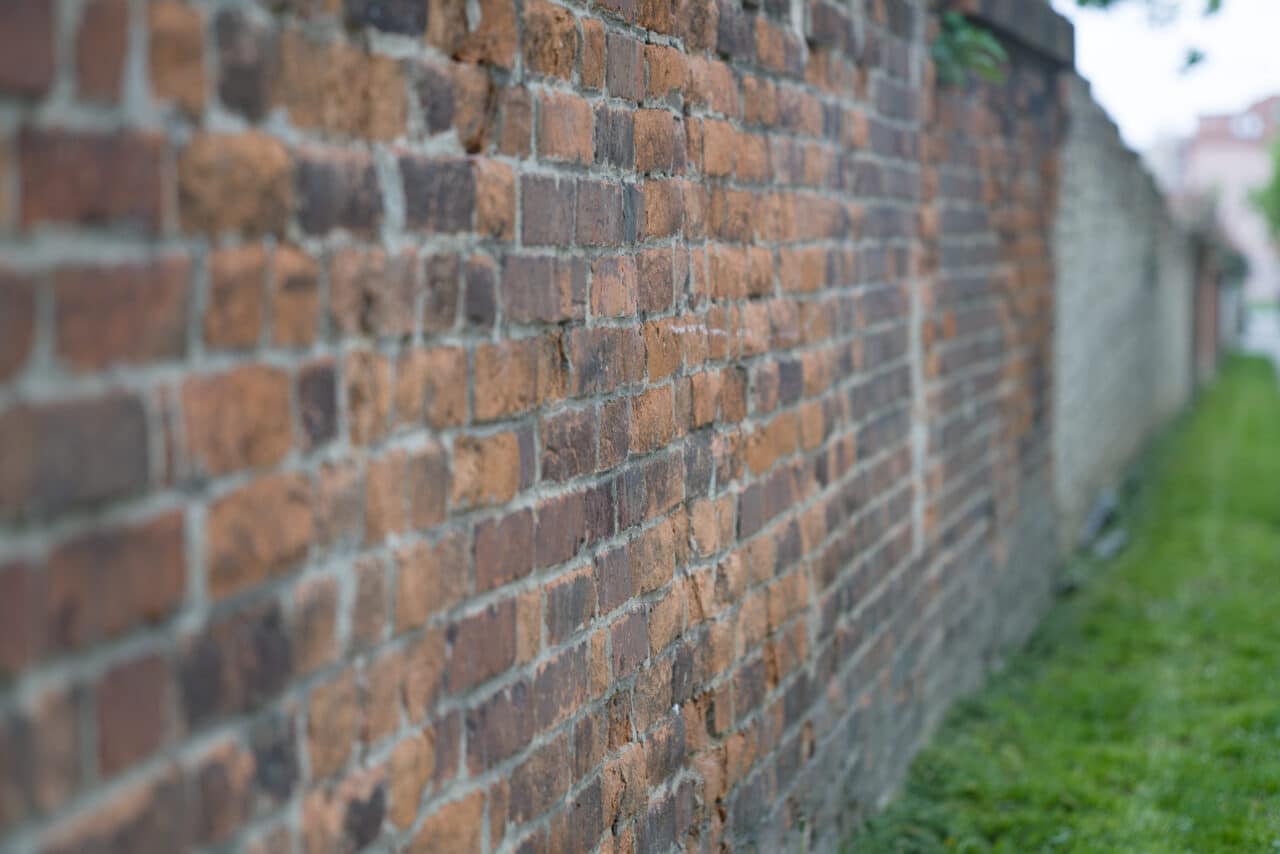
Sony A7R V, TTArtisan 100/2.8 tilt-shift, 1/200s, f/2.8, ISO 100, focal length 100mm
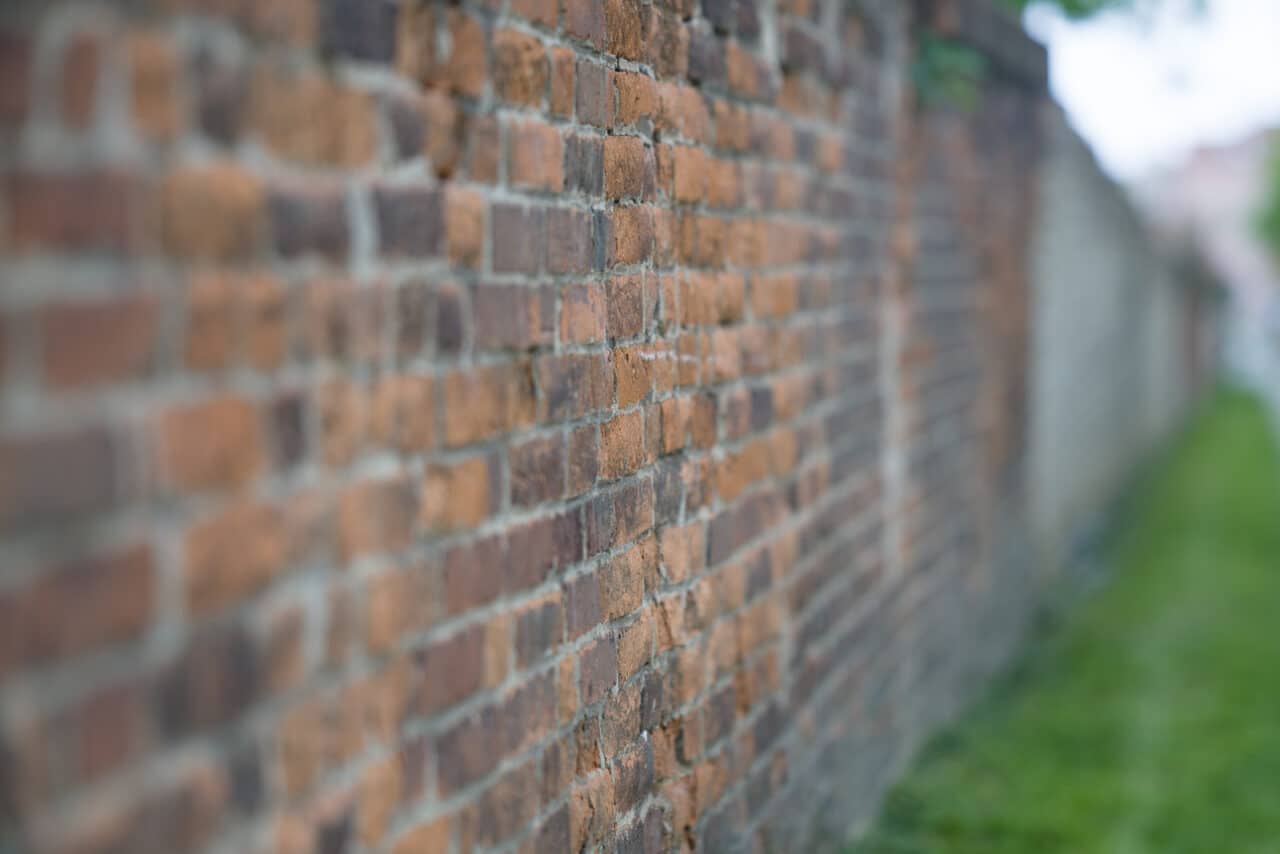
Sony A7R V, TTArtisan 100/2.8 tilt-shift, 1/200s, f/2.8, ISO 100, focal length 100mm
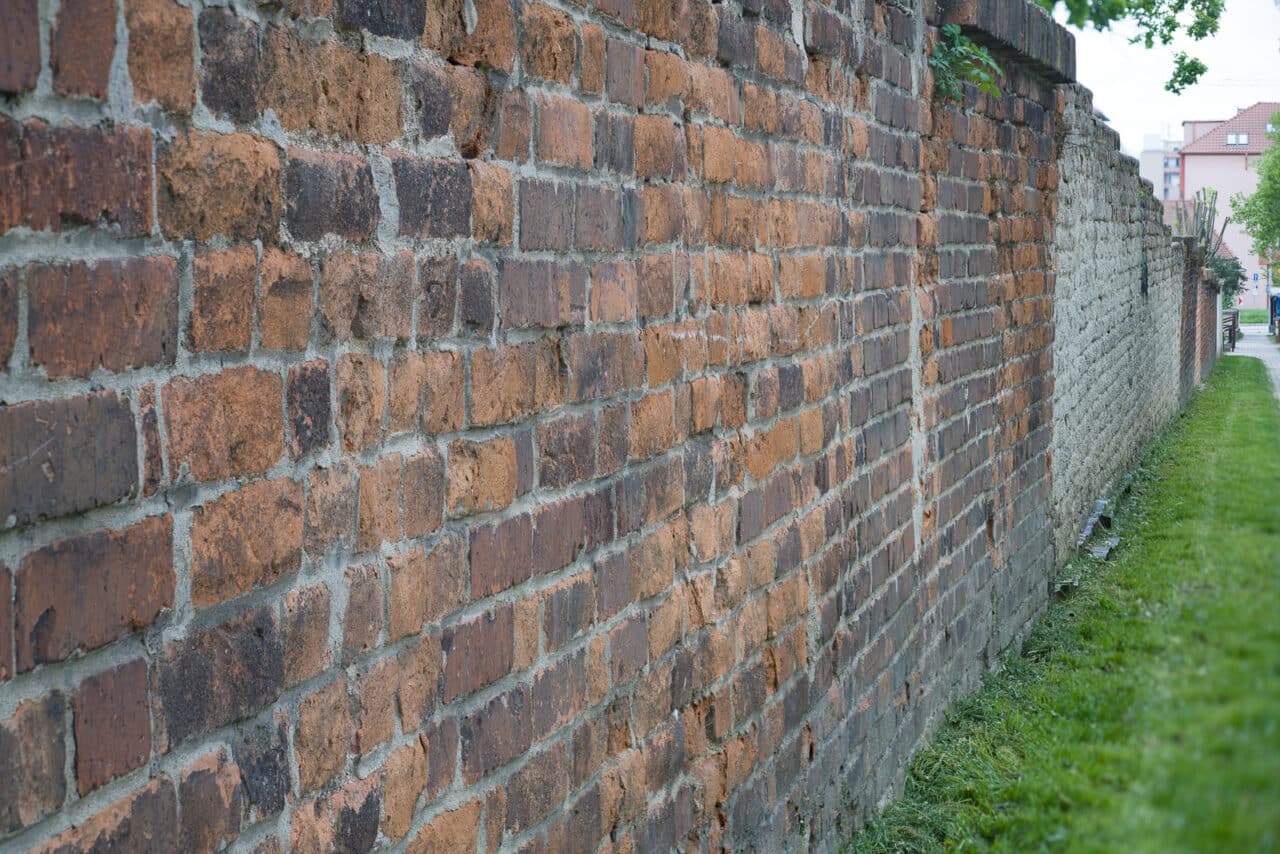
Sony A7R V, TTArtisan 100/2.8 tilt-shift, 1/200s, f/2.8, ISO 100, focal length 100mm
The tilt function has its limits and from field tests, it seems that the more distant the scene, the greater the rotation of the plane of focus. At macro distances, the plane of focus can only be rotated about 30-35 degrees. While for city scenes, it can be rotated almost 90 degrees. This creates a sort of wall of sharpness where everything to the left and right is blurry.

Sony A7R V, TTArtisan 100/2.8 tilt-shift, 1/2500s, f/2.8, ISO 100, focal length 100mm
Despite its awkward handling, bigger subjects can be shot handheld. Focusing on larger scenes is relatively easy, even at maximum tilt. The focus plane moves from left to right and is highlighted on the display, so you just have to find the right place to stand. This is easier than normal manual focus.
On the other hand, in the macro world, focusing is complicated. It’s often unclear if the focus plane is wrong or simply out of focus. Achieving such an effect has proved to be time-consuming but may improve with experience.
Practical examples of shift
I probably won’t make much use of the shift function. The available shift range is so small that when photographing buildings at such a high focal length, you either get almost no perspective distortion, or you quickly cross the threshold of what can be corrected with shift.
For smaller subjects, shift makes more sense, but only in the most extreme cases. In practice, there were only a few situations that couldn’t be solved by taking a 60-megapixel photo with normal equipment and editing it if necessary.

Sony A7R V, TTArtisan 100/2.8 tilt-shift, 1/2000s, f/11, ISO 400, focal length 100mm
Macro 2:1
Besides being a tilt-shift lens, the TTArtisan 100/2.8 is also a 2:1 macro lens. I tried a close-up of a postage stamp. It seems the numbers match and the quality is excellent. Unlike the ultra macro Canon MP-E 65mm/2.8 1-5x, it only has manual focus. Therefore, it can’t do remote focus with the camera plugged into a computer to avoid camera shake. This makes working with the lens more complicated than a lens with an autofocus motor.

Sony A7R V, TTArtisan 100/2.8 tilt-shift, 1/200s, f/8, ISO 100, focal length 100mm
Optical lens quality
After several hundred photos, the only issue noted was the lens flare in strong backlight. In this respect, TTArtisan has a lot of catching up to do.
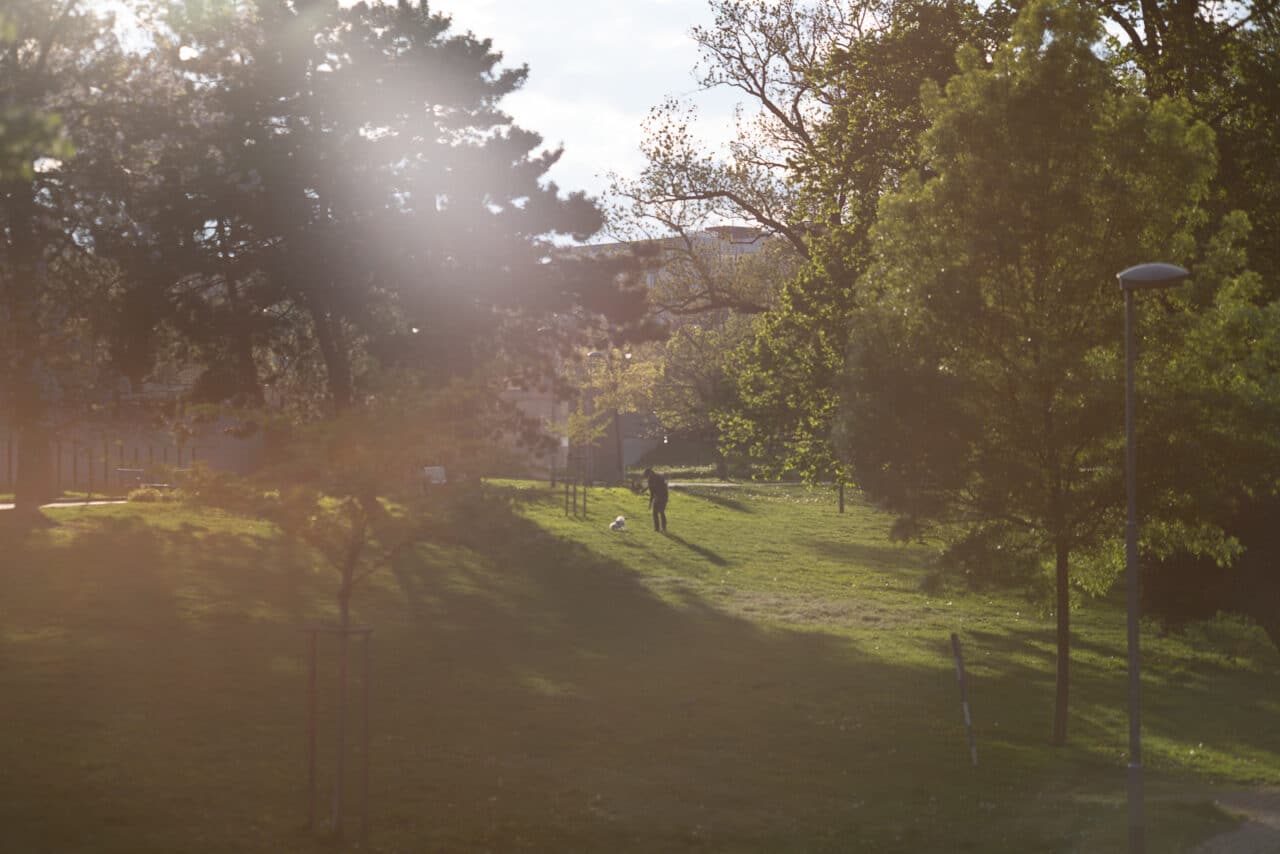
Sony A7R V, TTArtisan 100/2.8 tilt-shift, 1/1250s, f/2.8, ISO 100, focal length 100mm
Sharpness is excellent. I always look for signs of vignetting in my photos, but it’s only visible at maximum shift and is easily corrected and virtually non-existent with tilt.
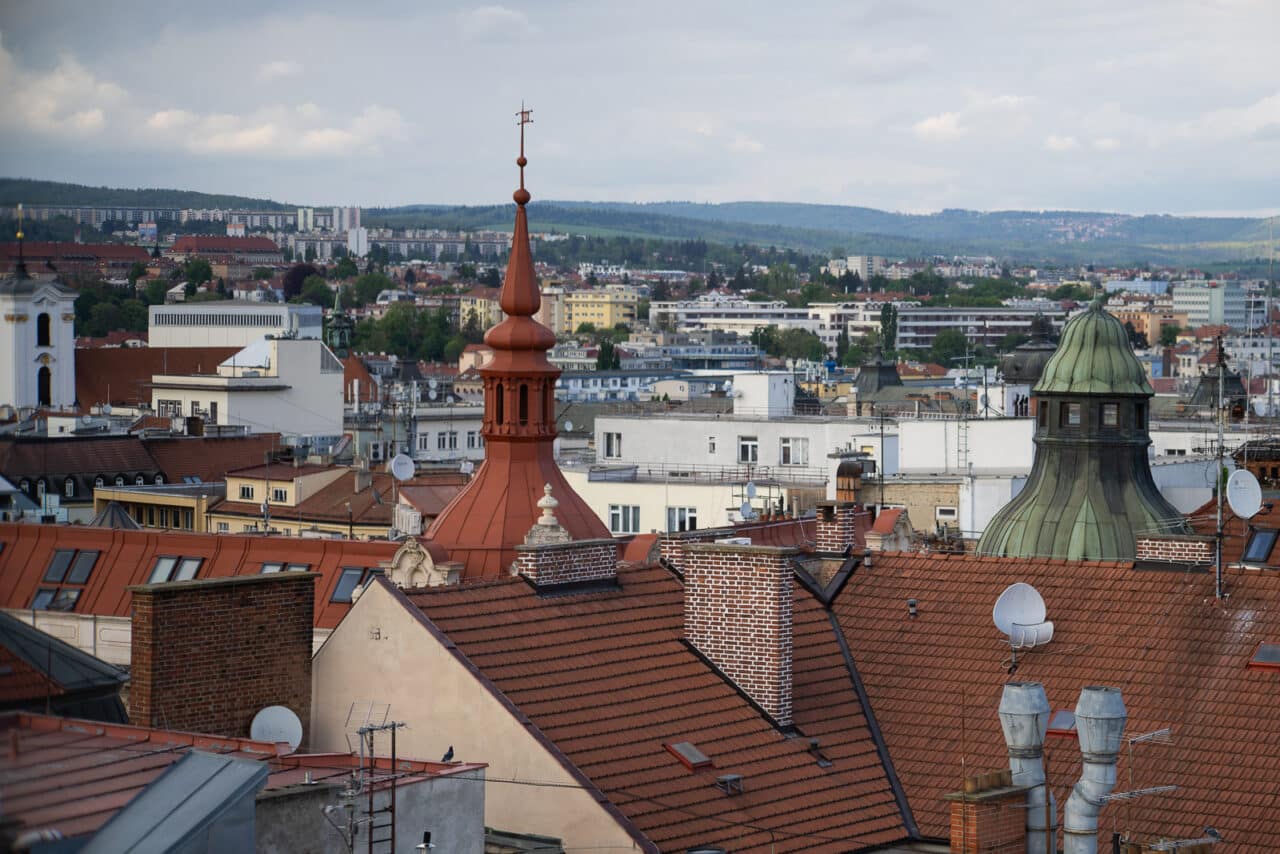
Sony A7R V, TTArtisan 100/2.8 tilt-shift, 1/1250s, f/2.8, ISO 100, focal length 100mm
In closing
The TTArtisan 100/2.8 pleasantly surprised me. For relatively little money, you get tilt-shift functions plus 2:1 macro. While there may be better lenses of one type or the other out there, I wouldn’t hesitate to use the TTArtisan 100/2.8 for photography work or other situations where quality output is of utmost importance.
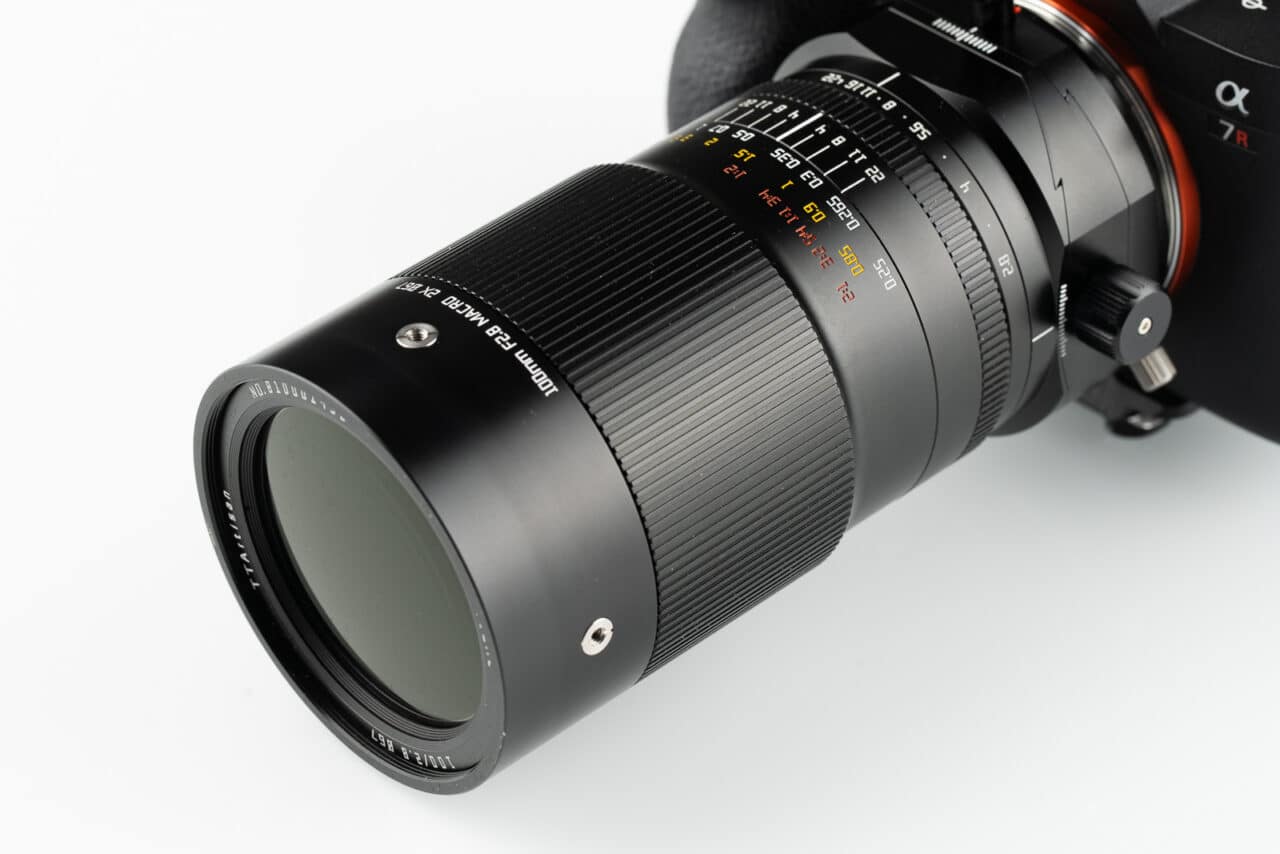
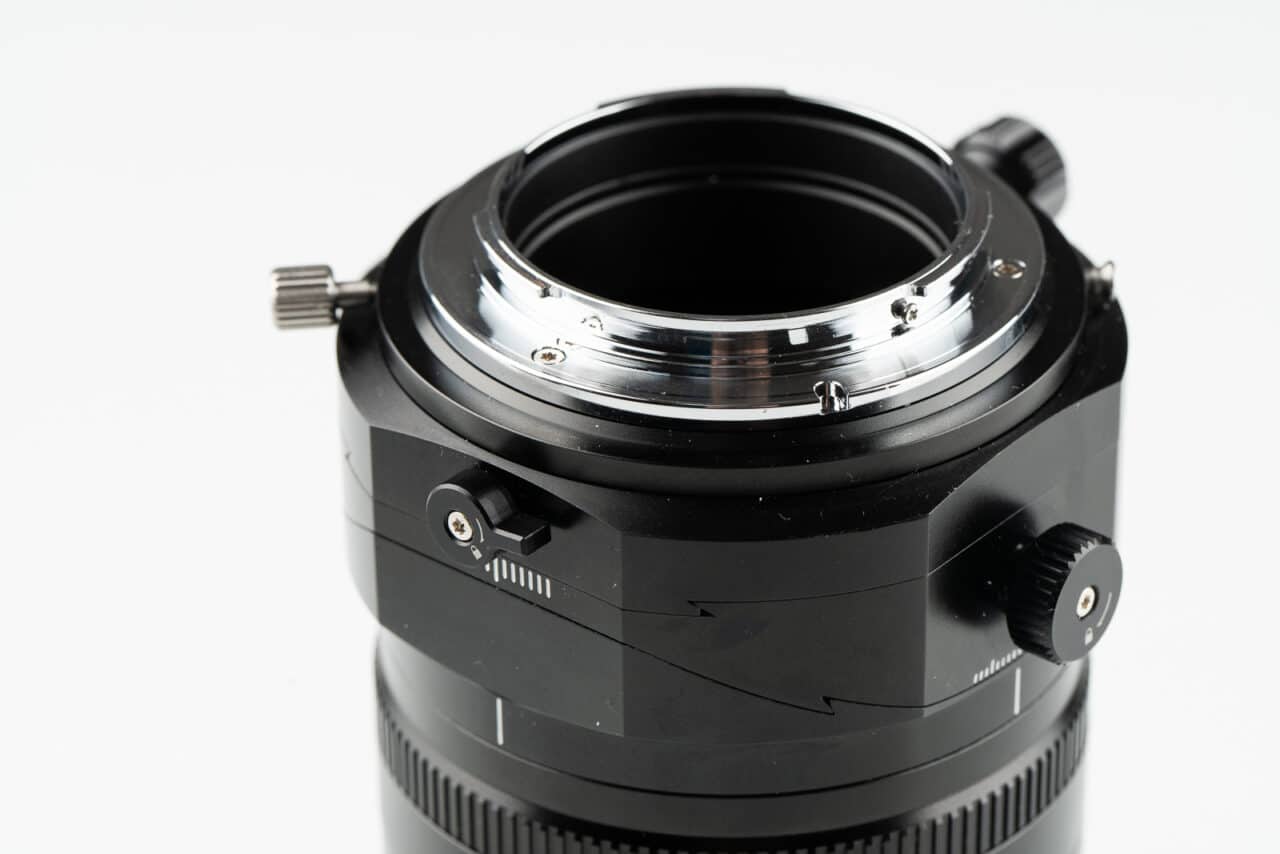

There are no comments yet.